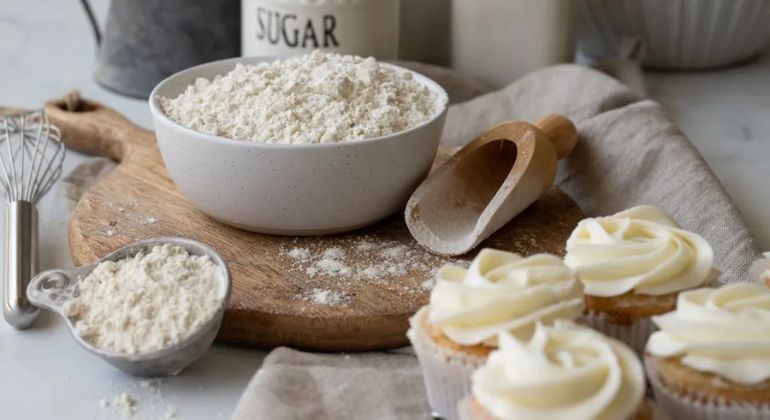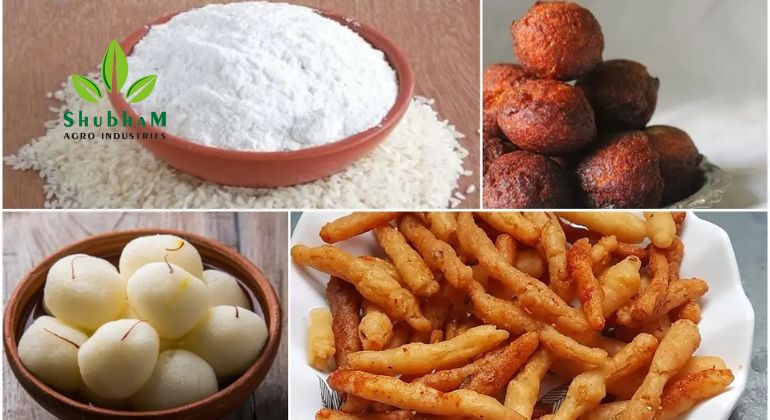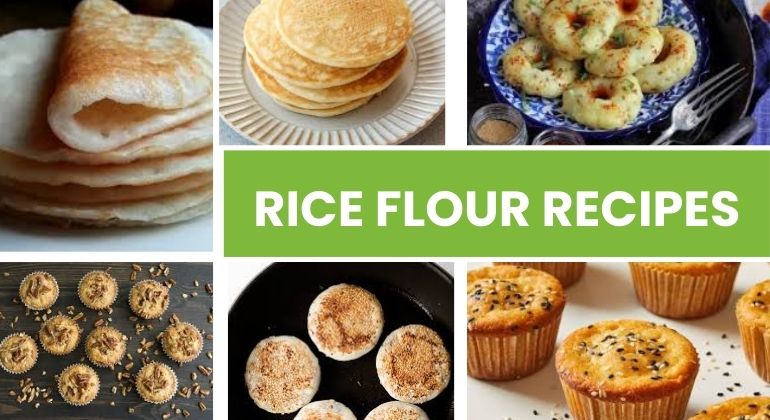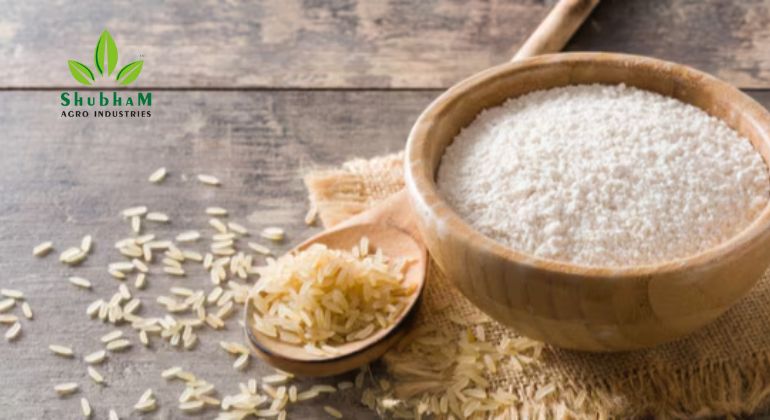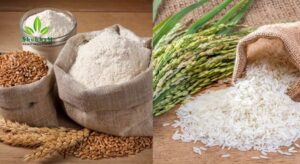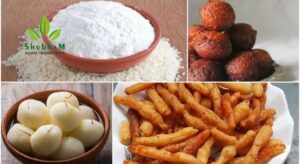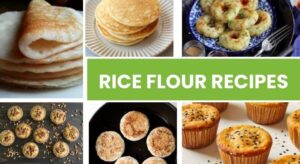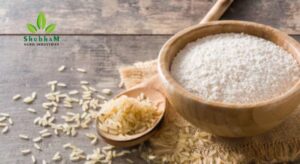Choosing the Right Rice Flour for Your Gluten-Free Baking
Introduction:
In the realm of gluten-free baking, choosing the right rice flour is paramount to achieving that perfect texture and flavour. With the rise in demand for gluten-free options, rice flour has emerged as a versatile and widely used alternative. Produced by rice flour manufacturers, this gluten-free option offers a plethora of benefits, making it a staple in many kitchens. Let’s delve deeper into the world of rice flour and discover how to select the perfect variety for your gluten-free baking endeavours.
Understanding Rice Flour:
Rice flour is derived from finely ground rice grains and comes in various forms, each with its unique characteristics. The most common types include white rice flour, brown rice flour, and sweet rice flour (also known as glutinous rice flour). Each type differs in taste, texture, and application, allowing for diverse culinary creations.
Choosing the Right Type:
- White Rice Flour:
- With its mild flavour and fine texture, white rice flour is ideal for baking delicate pastries, cakes, and cookies. It lends a light and airy quality to baked goods, making them perfect for those with sensitive palates.
- Use white rice flour as a 1:1 substitute for all-purpose flour in most recipes for a gluten-free alternative that maintains the desired texture and taste.
- Brown Rice Flour:
- Brown rice flour retains the bran and germ, offering a nuttier flavour and slightly denser texture compared to white rice flour. It’s an excellent choice for heartier baked goods such as bread, muffins, and pancakes.
- Due to its coarser texture, brown rice flour may require additional liquid in recipes to prevent dryness. Experiment with ratios to achieve the desired consistency.
- Sweet Rice Flour (Glutinous Rice Flour):
- Despite its name, sweet rice flour contains no gluten and is exceptionally sticky when cooked. It’s often used in Asian cuisines for dishes like mochi and dumplings.
- In baking, sweet rice flour can enhance the chewiness and moisture content of gluten-free treats. It’s perfect for creating gooey brownies, chewy cookies, and thickening sauces.
Tips for Successful Gluten-Free Baking:
- Blend Flours: Combine different rice flour varieties or mix them with other gluten-free flours like almond flour or tapioca flour to achieve the desired texture and flavour profile in your baked goods.
- Experiment: Don’t be afraid to experiment with ratios and ingredients to find the perfect balance for your recipes. Baking is as much a science as it is an art, so embrace creativity in the kitchen.
- Consistency Matters: Pay attention to the consistency of your batter or dough. Adjustments may be necessary to achieve the desired thickness and structure in your baked treats.
Conclusion:
As the demand for gluten-free options continues to grow, rice flour remains a versatile and essential ingredient in the world of baking. Whether you’re whipping up delicate pastries, hearty bread, or chewy cookies, choosing the right rice flour can elevate your gluten-free creations to new heights. By understanding the nuances of each variety and experimenting with different combinations, you can unlock a world of possibilities in gluten-free baking, all thanks to the expertise of rice flour manufacturers. So, roll up your sleeves, preheat your oven, and let the baking adventures begin!
